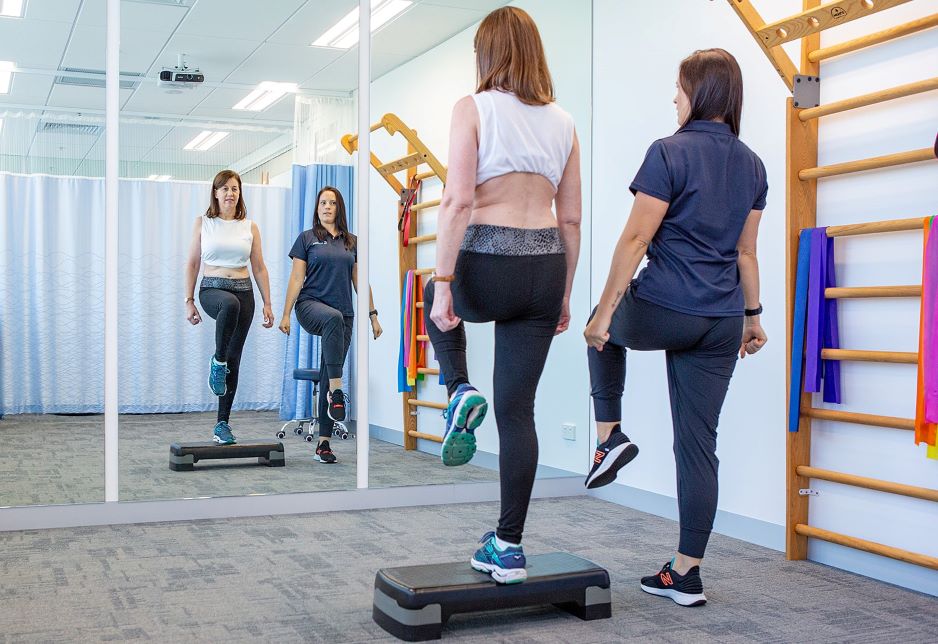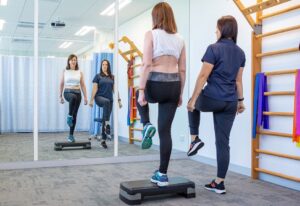Although Scoliosis Awareness Month is in June, we would like to time in September to highlight new insights in the conservative management of Juvenile Idiopathic Scoliosis (JIS) – a challenging early-onset form of scoliosis with high risk of progression.
A recent case series, co-authored by ScoliCare’s Chief of Research and Communications, Rose Mirenzi, along with Nora-Lee Doueihi, Juan du Plessis, and Dr. Jeb McAviney, offers promising long-term outcomes using the ScoliBrace® system in a pediatric population.
Juvenile Scoliosis: A High-Risk Condition
JIS affects children aged 3 to 9, often presenting with rapidly progressing curves, particularly in those with Cobb angles exceeding 30°. If left untreated, these patients face a near 100% likelihood of requiring surgery, making early and effective intervention critical.
Study Overview: ScoliBrace® in Juvenile Scoliosis
The case series followed five children (ages 5–9) diagnosed with JIS, each presenting with double or triple curves, including a primary right thoracic curvature. All were managed with full-time wear of a custom-designed ScoliBrace®, with gradual reduction in wear time based on growth markers such as Risser staging and height progression.
Patients were monitored for 3–8.5 years (average follow-up of 6.6 years), with clinical assessments every three months. Outcomes were tracked using out-of-brace radiographs, postural photographs, and Angle of Trunk Rotation (ATR).
Results: Meaningful Curve Reduction & Stability
- Primary Thoracic Curves: Reduced from a mean of 32.8° to 14.2° (57% improvement)
- Lumbar Curves: Reduced from 22.6° to 6° (73% improvement)
- Upper Thoracic Curves (in 2 patients): Reduced from 27° to 23°
- ATR (Thoracic): Improved from 13.8° to 6.2° (55% reduction), with long-term postural benefits
Clinical Implications
This case series suggests that early, high-compliance bracing using a custom 3D approach like ScoliBrace® may offer a non-surgical pathway for managing JIS – even in complex multi-curve presentations. Beyond Cobb angle correction, significant improvements in trunk rotation and alignment were observed and maintained long-term.
While further controlled studies are needed, these findings reinforce the role of custom, full-time bracing in reducing surgical risk and improving quality of life during critical growth years.
You can read the case series here.
We have clinicians that are uniquely qualified to prescribe the Scolibrace. In addition to these, we are one of only a few clinics in Canada that are able to prescribe scoliosis specific exercises using the SEAS and Scolibalance methods. When used in conjunction, these various treatment methods can significantly improve the quality of our patient’s lives and help reduce the impact of Scoliosis and Hyperkyphosis on the body.
For Healthcare Professionals
If you are managing a young patient with JIS, particularly those with curves over 30°, consider a consultation or referral to explore conservative bracing options. Early intervention, guided by consistent monitoring and growth assessment, can significantly alter a child’s scoliosis trajectory.
For more information on this case series or to discuss clinical referral pathways, feel free to reach out. Our team is available for second opinions, treatment planning, and X-Ray review support.



